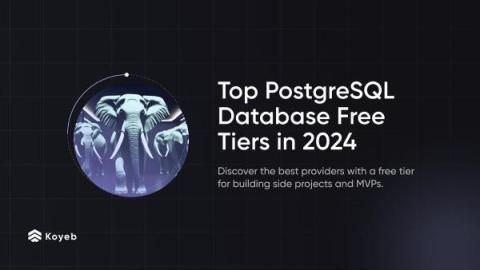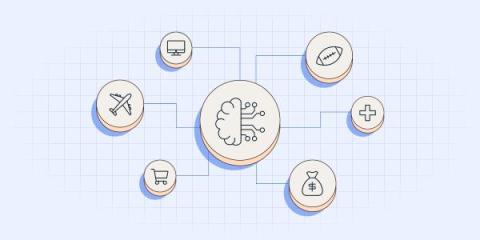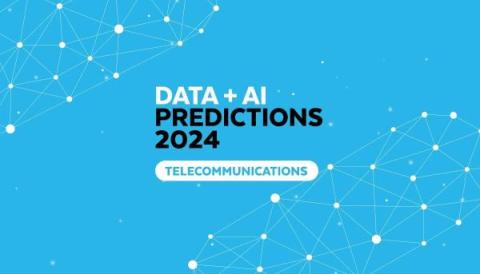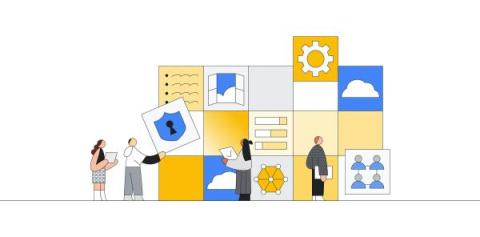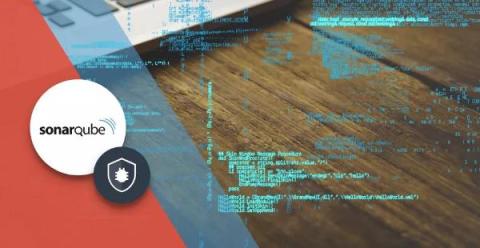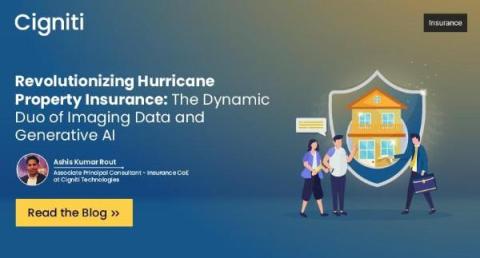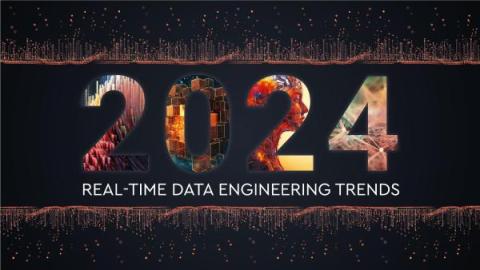Systems | Development | Analytics | API | Testing
Technology
How generative AI will change the nature of work
Generative AI is a powerful tool for rapidly creating and iterating on content of all kinds.
Top 4 Data + AI Predictions for Telecommunications in 2024
The sheer breadth of data that telecommunications providers collect day-to-day is a huge advantage for the industry. Yet, many providers have been slower to adapt to a data-driven, hyperconnected world even as their services — including streaming, mobile payments and applications such as video conferencing — have driven innovation in nearly every other industry. The speed with which generative AI will change how we work, live, communicate and entertain ourselves is nearly unfathomable.
Standardize your cloud billing data with the new FOCUS BigQuery view
A new BigQuery view that leverages the recent FOCUS specification to help simplify cloud cost management across clouds.
Swift Code Analysis: Integrating Sonarqube
SonarQube is an open-source platform that allows you to continuously inspect and measure code quality as you develop your project. It provides static code analysis for code issues, security issues, and code smells in various programming languages, including Swift. This helps development teams maintain and improve code quality by identifying and finding issues in the development lifecycle, if paired with a good testing methodology it can make a difference in your app quality.
Revolutionizing Hurricane Property Insurance: The Dynamic Duo of Imaging Data and Generative AI
A catastrophe hazard is a severe and widespread event that causes significant damage and financial loss. These events are frequently natural disasters or large-scale human-made incidents that affect expansive and contemporary claims. Catastrophe hazards pose substantial trouble to insurers, as they can lead to a high volume of claims within a short period, potentially impacting insurance companies’ financial stability.
Real-time data engineering trends: 2024
If 2023 was the year we woke up to how generative AI would change our world, 2024 is the year we realize the change. The real-time AI-driven enterprise may not be pixel-perfect yet, but we’re well on the way. Gen AI has a knock-on effect on all the trends and challenges we will see in 2024. Here’s our take.
How #ChatGPT Acquires Its Knowledge? | Raju Kandaswamy | #SoftwareTesting #GenerativeAI
Git Insights: You can ditch spreadsheet tracking and custom dashboards to track Git collaboration
Engineering Managers, Team Leads and Product Managers can now identify and address collaboration inefficiencies before they escalate. Using metrics such as pull request cycle time and merge frequency, you can pinpoint bottlenecks more quickly, quantifying Git collaboration and enhancing overall productivity.
Interview with Co-founder and CEO, Seung Oh
For the next interview in our series speaking to tech founders from around the world, we’ve welcomed Seung Oh, Co-Founder and CEO of Data B, the company behind Engram, the first AI-powered writing platform designed for non-native English speakers.


